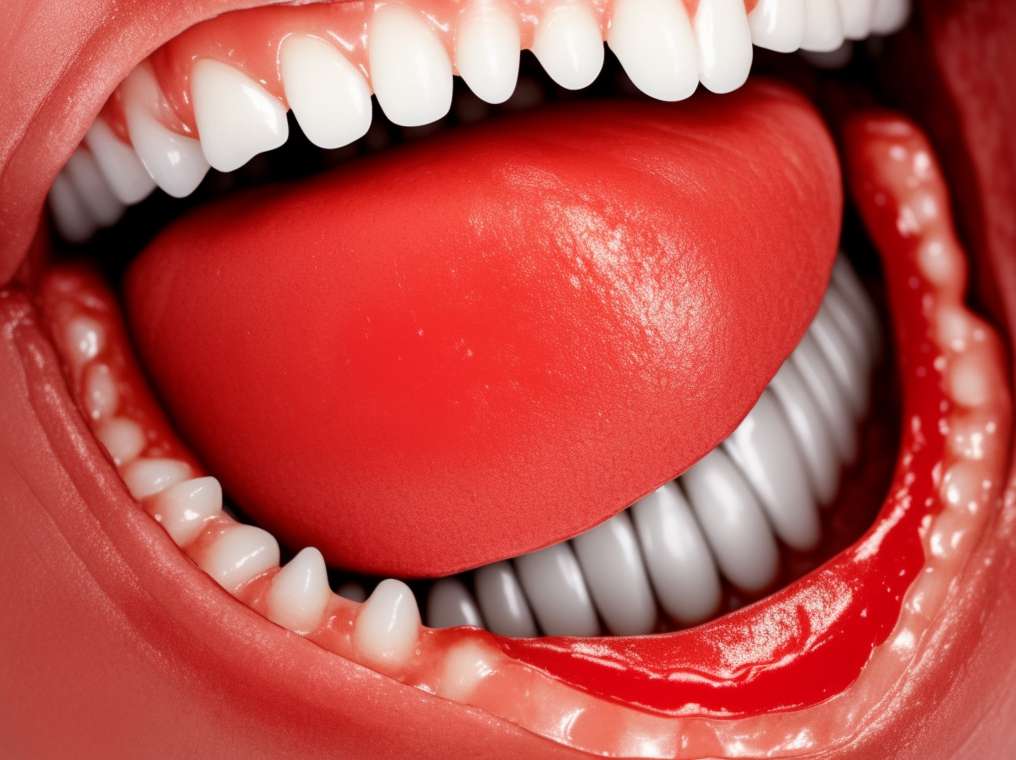Say yes to Taekwondo and burn calories
April 2024

Coagulation is a favorable mechanism for living beings: it protects us from the loss of blood when the blood vessels are damaged when they injure us. However, some large clots or thrombi are capable of obstructing blood circulation throughout the body, which are the cause of thrombosis.
Thrombus is the clot that forms inside a blood vessel and stays there. The clot that breaks off and travels from one place to another in the body is called a plunger. Therefore, pulmonary embolism is a stopped embolus in the lungs, an obstruction that causes thrombosis.
Among the causes of thrombosis are genetic mutations in the factors involved in coagulation, the presence of compounds that deteriorate the vascular endothelium (inner layer that lines the blood circulation), and diseases such as diabetes, obesity or smoking.
Another cause, exclusive in the female gender, is the consumption of estrogens for contraceptive purposes or as hormone replacement therapy in middle age; This phenomenon occurs only in women with some predisposition to thrombosis.
"It is a paradoxical situation, because normally the production of estrogen itself at reproductive age provides additional shielding to cardiovascular accidents; On the other hand, external estrogens favor the formation of thrombi, "he explained. Aurora de la Peña, researcher at the Faculty of Medicine (FM) of the UNAM and responsible for the Thrombosis Laboratory, installed at the National Institute of Cardiology (INC).
In addition to understanding the causes of thrombosis, his research team is dedicated to finding new drugs for treatment. A promising finding is the compound called prolame.
In the laboratory of Dr. Juan Manuel Fernández-González, from the Chemistry Institute of the UNAM , this compound was obtained years ago, without knowing, in the beginning, that it could have anticoagulant properties.
FM pharmacologists, in collaboration with scientists from the INC, tested the platelets, whole blood and rodents to determine the activity of this newly produced estrogen.
"In all cases we not only observe that the formation of the clot is avoided, but that the blood vessels dilate, which favors the passage of blood," he said. Mirthala Flores, member of the Thrombosis Laboratory .
This contribution was already patented by its creators. The conclusion of more studies in animal models is still needed to later prove its function in humans. The goal of the researchers is the contribution of a new pharmacological therapy with the property of combating the undesirable blood clots.